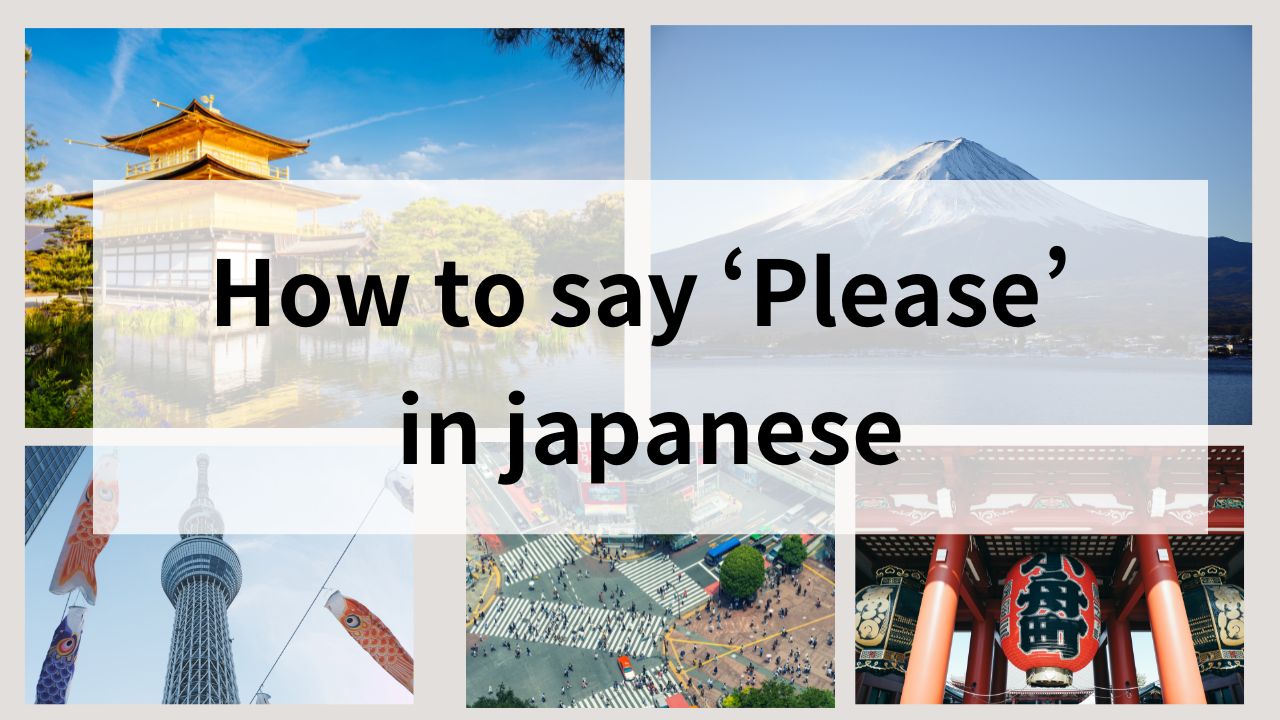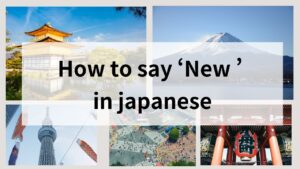Are you curious about how to say “please” in Japanese? Politeness is a key aspect of Japanese culture, and understanding the various ways to say “please” is essential for navigating daily interactions. This guide will walk you through the most common phrases, their nuances, and practical applications.
How Do You Say “Please” in Japanese?
The most common way to say “please” in Japanese is お願いします (Onegaishimasu). However, there are several variations depending on the context and level of formality. Let’s explore these expressions and when to use them.
Onegaishimasu (お願いします): The Polite and Versatile “Please”
“Onegaishimasu” is a versatile and polite way to say “please” in Japanese. It is commonly used in formal and semi-formal settings, such as when making requests or asking for favors. For example:
- お水をお願いします (O-mizu o onegaishimasu): “Water, please.”
- チェックをお願いします (Chekku o onegaishimasu): “The check, please.”
- ご協力をお願いします (Go-kyouryoku o onegaishimasu): “Your cooperation, please.”
Kudasai (ください): A Casual and Direct “Please”
“Kudasai” is a less formal way to say “please,” often used when directly requesting objects or actions. Examples include:
- これをください (Kore o kudasai): “This, please.”
- 手伝ってください (Tetsudatte kudasai): “Help me, please.”
- 写真を撮ってください (Shashin o totte kudasai): “Take a picture, please.”
Dozo (どうぞ): Offering or Inviting “Please”
“Dozo” is used when offering or inviting someone to do something. It conveys politeness and hospitality. Examples include:
- どうぞお座りください (Douzo osuwari kudasai): “Please have a seat.”
- こちらをどうぞ (Kochira o douzo): “Here you go.”
- お入りください、どうぞ (O-hairi kudasai, douzo): “Please come in.”
Cultural Nuances of “Please” in Japanese
In Japanese culture, politeness is deeply ingrained, and the choice of “please” reflects the level of respect and formality in a given situation. Understanding these nuances can help you navigate various interactions more smoothly.
When to Use “Onegaishimasu” vs. “Kudasai”
While “onegaishimasu” is more formal and used for requests that require effort, “kudasai” is often reserved for simpler, more direct requests. Choosing the appropriate term depends on the context and your relationship with the other person.
The Role of Non-Verbal Communication
In Japanese culture, non-verbal cues like bowing or tone of voice play a significant role in conveying politeness. Combining these with the appropriate “please” phrase enhances the message’s effectiveness.
Practical Applications of “Please” in Japanese
Here are some practical scenarios where you can use “please” in Japanese to enhance your communication.
Ordering at Restaurants
Using “onegaishimasu” or “kudasai” while ordering food or drinks shows politeness. For example:
- ビールをお願いします (Biiru o onegaishimasu): “A beer, please.”
- これをください (Kore o kudasai): “This, please.”
Asking for Assistance
When seeking help, using “kudasai” or “onegaishimasu” appropriately conveys respect. For example:
- 道を教えてください (Michi o oshiete kudasai): “Please tell me the way.”
- 助けてください (Tasukete kudasai): “Please help me.”
FAQs
Here are some common questions about using “please” in Japanese.
Is “Please” Universally Understood in Japan?
While “please” is generally understood by many Japanese people, especially in urban areas, using “onegaishimasu” or “kudasai” is more effective and culturally appropriate.
Can “Dozo” Be Used for Requests?
No, “dozo” is used to offer or invite rather than request. For requests, use “onegaishimasu” or “kudasai.”
Conclusion
Mastering the various ways to say “please” in Japanese, such as “onegaishimasu,” “kudasai,” and “dozo,” is crucial for effective communication and cultural appreciation. Understanding when and how to use these phrases can make your interactions in Japan smoother and more respectful.








